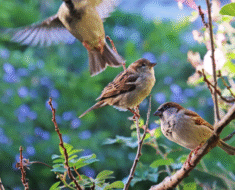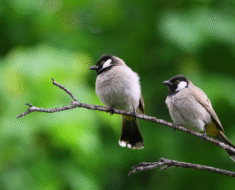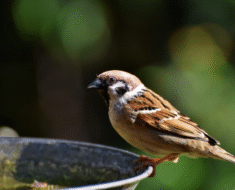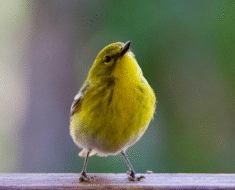Pennsylvania Sparrows are among the most familiar and widespread songbirds in the world. These small, social birds have adapted remarkably well to life around humans, often nesting in gardens, buildings, and parks. Understanding their nesting habits not only provides fascinating insight into their behavior but also encourages coexistence and conservation in urban and suburban environments.
Understanding Sparrow Behavior
Sparrows, particularly the House Sparrow and Song Sparrow, are known for their resilience and adaptability. They are cavity nesters by nature, which means they prefer to build nests in small, enclosed spaces that provide shelter from predators and harsh weather. While tree cavities and crevices in natural settings once served this purpose, sparrows have increasingly turned to man-made structures such as eaves, vents, and gaps in roofing.
Their nesting season typically begins in early spring and can continue through late summer. In warmer climates, sparrows may nest year-round. They are also known for producing multiple broods within a single season, often raising three or four clutches of eggs annually. This high reproductive rate contributes to their widespread presence.
Nest Construction
Sparrows build their nests from a variety of materials. These include dried grasses, twigs, feathers, string, paper, and even bits of plastic or fabric. The birds work diligently to gather soft, insulating materials to line the interior of the nest, creating a comfortable environment for their eggs and hatchlings.
The nest is usually cup-shaped and well-camouflaged, hidden in crevices or dense foliage. When choosing a nesting site, sparrows favor places that are sheltered from the elements and difficult for predators to access.
Male sparrows play a significant role in selecting the nesting site and sometimes begin constructing the nest to attract a mate. Once paired, the female takes over much of the building and lining process.
Egg Laying and Incubation
Once the nest is ready, the female sparrow lays between three to seven small, speckled eggs. The incubation period lasts around 10 to 14 days and is typically carried out by the female, while the male may continue to defend the territory or forage for food.
After hatching, the chicks are altricial, meaning they are born blind and featherless. They are entirely dependent on their parents for warmth, food, and protection. Both the male and female feed the young, bringing them a diet primarily composed of insects for protein during the early stages of development.
Fledging and Independence
The nestlings grow rapidly, developing feathers and strength within about two weeks. By the time they are 14 to 17 days old, they are ready to fledge—leaving the nest for short flights and beginning to explore their surroundings.
Even after fledging, young sparrows remain under the care of their parents for several more days as they learn to forage and avoid danger. Once they gain full independence, the adults may begin the nesting process again for another brood.
Nest Site Fidelity
Sparrows are known to return to the same nesting sites year after year if they find the location suitable. They may reuse old nests or build new ones nearby. This behavior makes it easy for homeowners or bird watchers to anticipate and observe sparrow nesting activity from season to season.
Coexisting with Sparrows
For those who enjoy birdwatching or simply appreciate wildlife in their backyard, encouraging sparrow nesting can be rewarding. Installing birdhouses or nest boxes with small entry holes can offer sparrows a safe place to raise their young. Placing these shelters in quiet, sheltered areas increases the chances of use.
However, sparrows can sometimes be considered invasive, especially in areas where native bird species are in competition for nesting sites. In such cases, it’s important to monitor nesting boxes and ensure a balanced environment for all species.
The Importance of Sparrows in the Ecosystem
While common, sparrows play a vital role in the ecosystem. During the breeding season, they consume large quantities of insects, helping to naturally manage pests in gardens and agricultural areas. Outside of breeding, they feed on seeds and grains, contributing to seed dispersion and plant diversity.
Their presence also provides food for predators such as hawks, owls, and larger mammals, linking them to the broader food web. By supporting sparrows, we indirectly support the health of many interconnected species and ecosystems.
Sparrow nesting habits reveal a delicate balance of instinct, adaptability, and parental care. From carefully selected nesting sites to diligent chick-rearing, these birds are a testament to the marvels of nature. Whether you’re an avid birder or simply curious about the small birds in your yard, understanding their habits fosters appreciation and encourages responsible stewardship of our shared environments.





